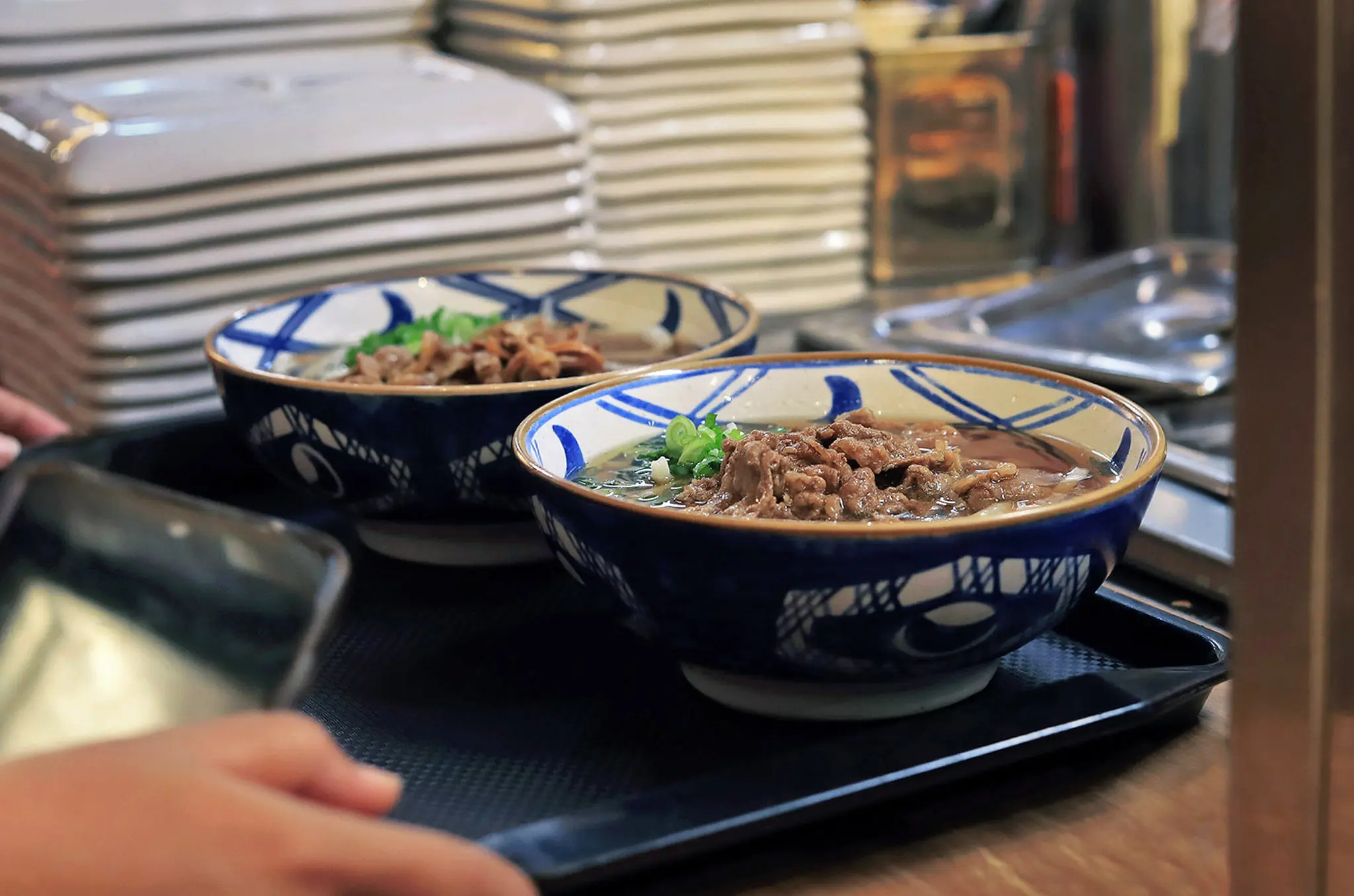The best-kept secret of the Japanese food scene is an unlikely one: cafeteria food. Unlike the rubbery pizza and soggy nuggets you might recall from school days, Japanese university cafeterias, known as gakushoku, serve culinary delights to rival many established restaurants.
Most of these hidden gems are open to everyone: students, locals and tourists alike. No identification is required, just an appetite for discovery. Here’s why you should make gakushoku a must-try on your culinary journey.
Affordable Dining
Japanese university cafeterias are incredibly affordable because they operate on a non-profit basis. They charge only for the raw ingredients. The cost is further reduced by the large volume of meals prepared daily. This means that you can enjoy a nutritious and delicious meal for a fraction of the price you’d pay at a typical restaurant.
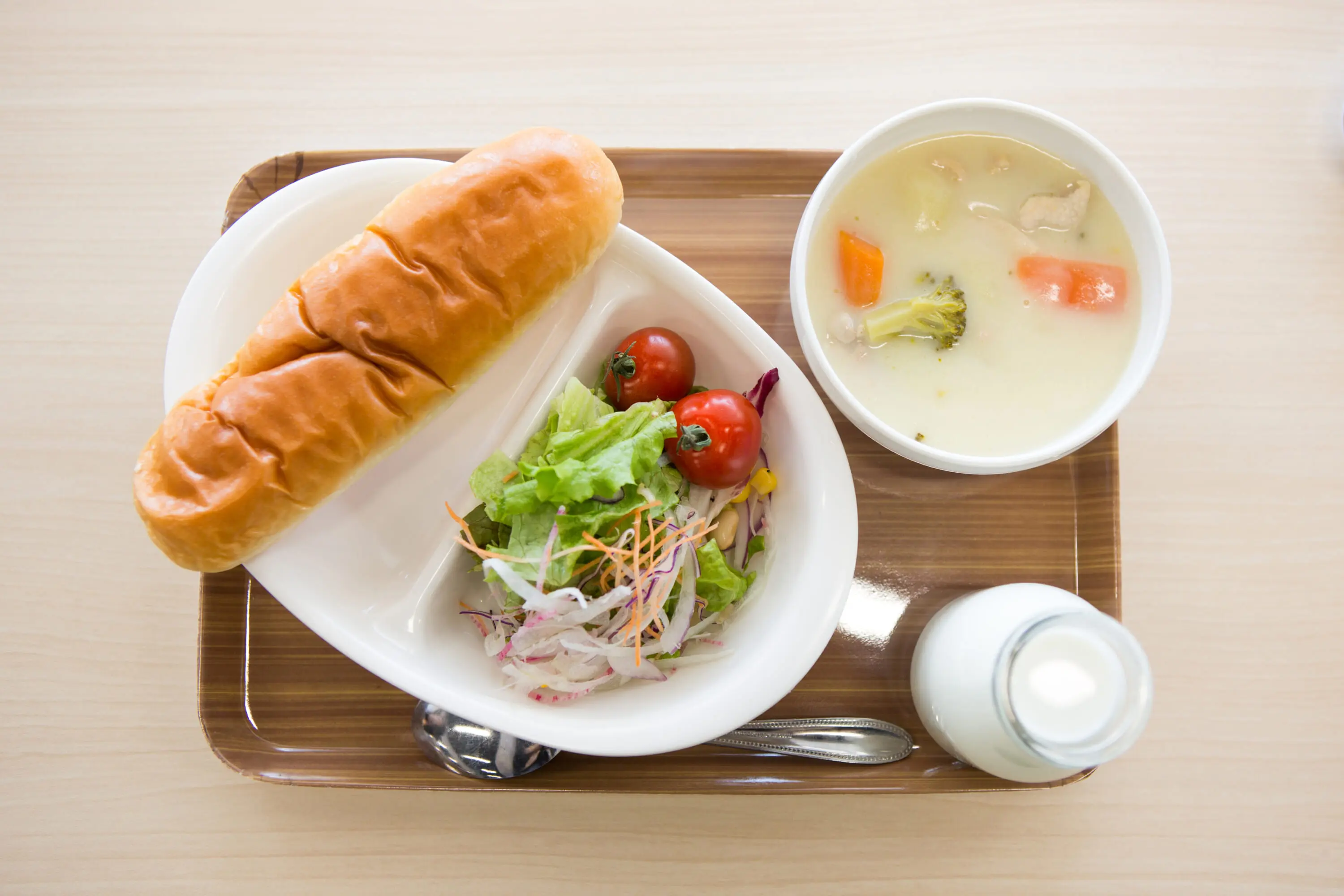
Health-Conscious Meals
Many university cafeterias in Japan employ nutritionists to ensure that the meals are balanced and healthy. Fresh ingredients are sourced daily, and meals typically include multiple side dishes, providing a variety of nutrients. Menus often feature color-coded cards detailing calorie counts and nutritional content. This focus on health helps students maintain their energy and focus throughout the day.
Authentic Japanese Cuisine
While you can find some Western and international dishes, the majority of the menu offerings are Japanese. This makes university cafeterias a great place to experience authentic Japanese cuisine, or creative twists on classic dishes. If you’re unsure of what to try, look for the cafeteria’s signature dish, often named after the university itself.
Gakushoku has been a part of campus life since 1871, starting with Keio University. Initially, the dining halls were also places for students to learn manners. The term gakushoku became common after World War II, when the Foundation Student Cafeteria Federation was established to aid student nutrition through special food allocations. The appeal of these cafeterias grew as they offered affordable meals through bulk purchasing and self-service, solidifying their enduring role in university life. Check out these gakushoku options at some of Tokyo’s most iconic universities, all under ¥500.
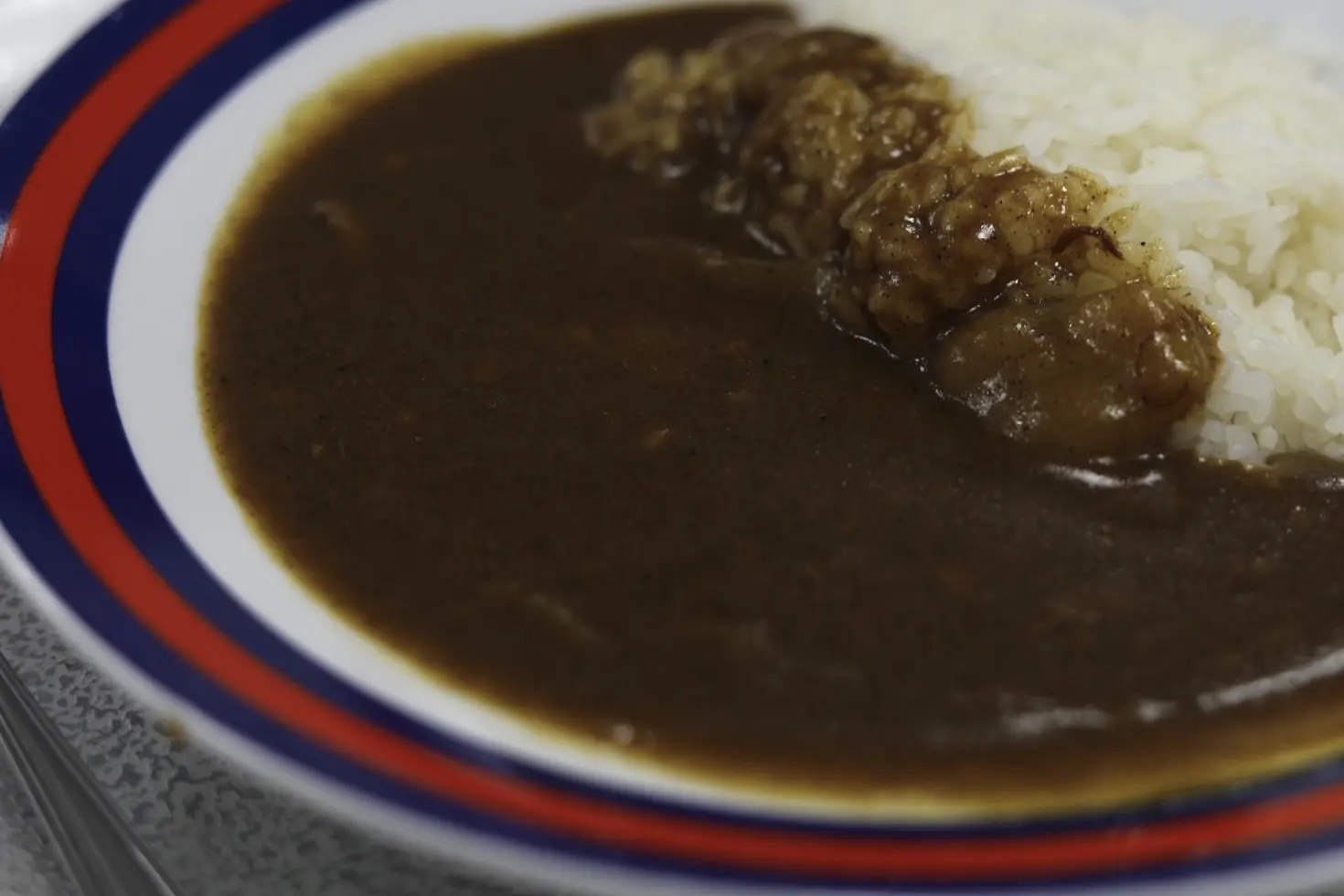
Curry Rice (¥390)
Keio University
We begin with the university that started it all. Keio University’s Mita campus is home to the university’s oldest cafeteria, Yamashoku. Celebrating 80 years, Yamashoku serves up the iconic Yamashoku curry. It’s a rich, flavorful Japanese curry with a perfect rice-to-roux ratio and a slight kick. This iconic dish has captivated the taste buds of countless students, staff and alumni, earning its reputation as the king of university cafeteria curries.
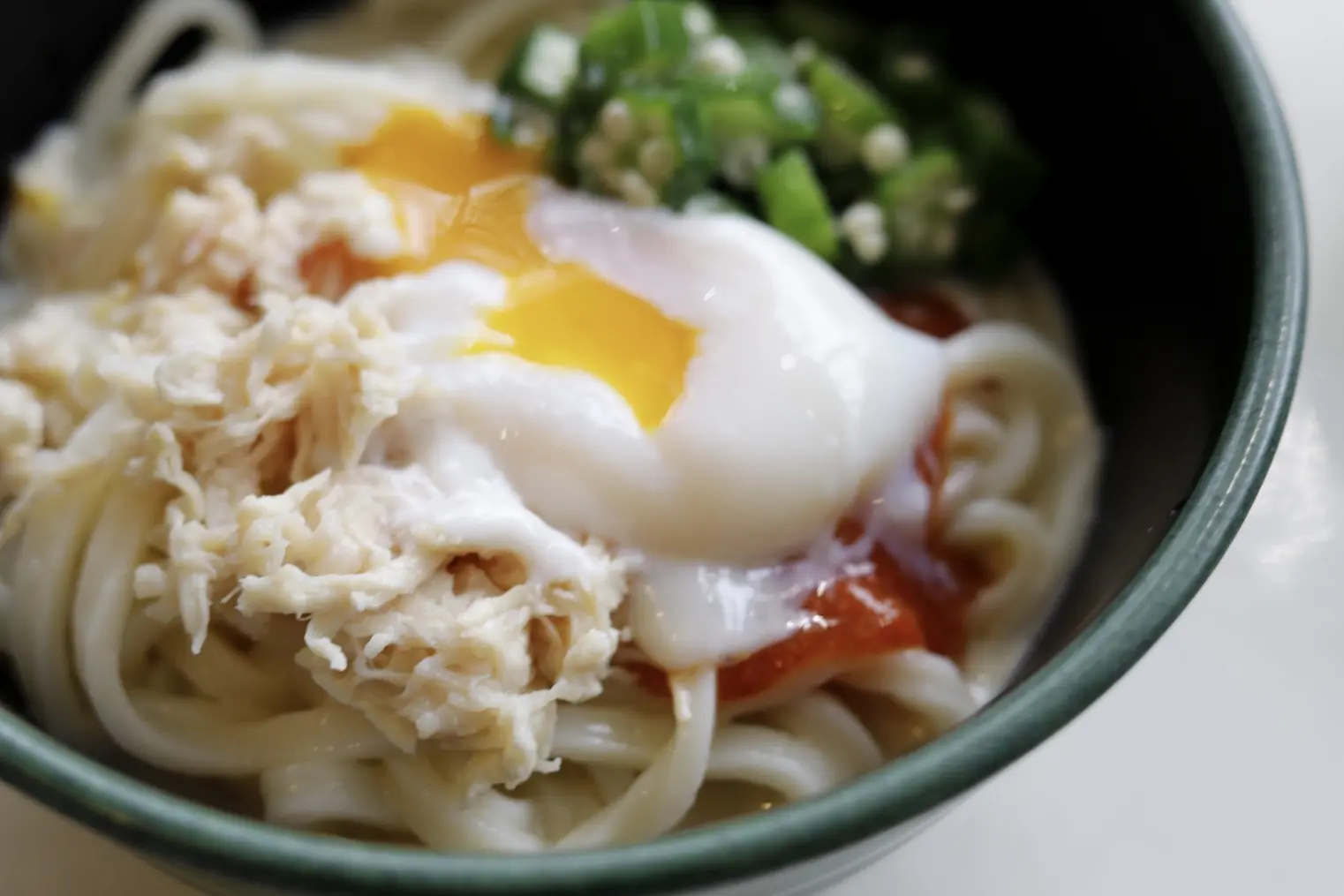
Cold Udon Noodles in Soy Milk Broth (¥473)
Waseda University
Waseda University’s cafeteria, just a five-minute walk from Waseda station, boasts a spacious setting with glass windows overlooking a serene Japanese garden. Among the offerings is a unique twist on classic udon: cold udon noodles in soy milk broth. While traditional udon is also available, this seasonal version features ingredients like okra, salad chicken and an onsen tamago, or a lightly poached egg. The spicy cod roe adds a fiery kick, blending seamlessly with the creamy soy milk to create a creamy, yet light broth that’s perfect for a refreshing summer meal.
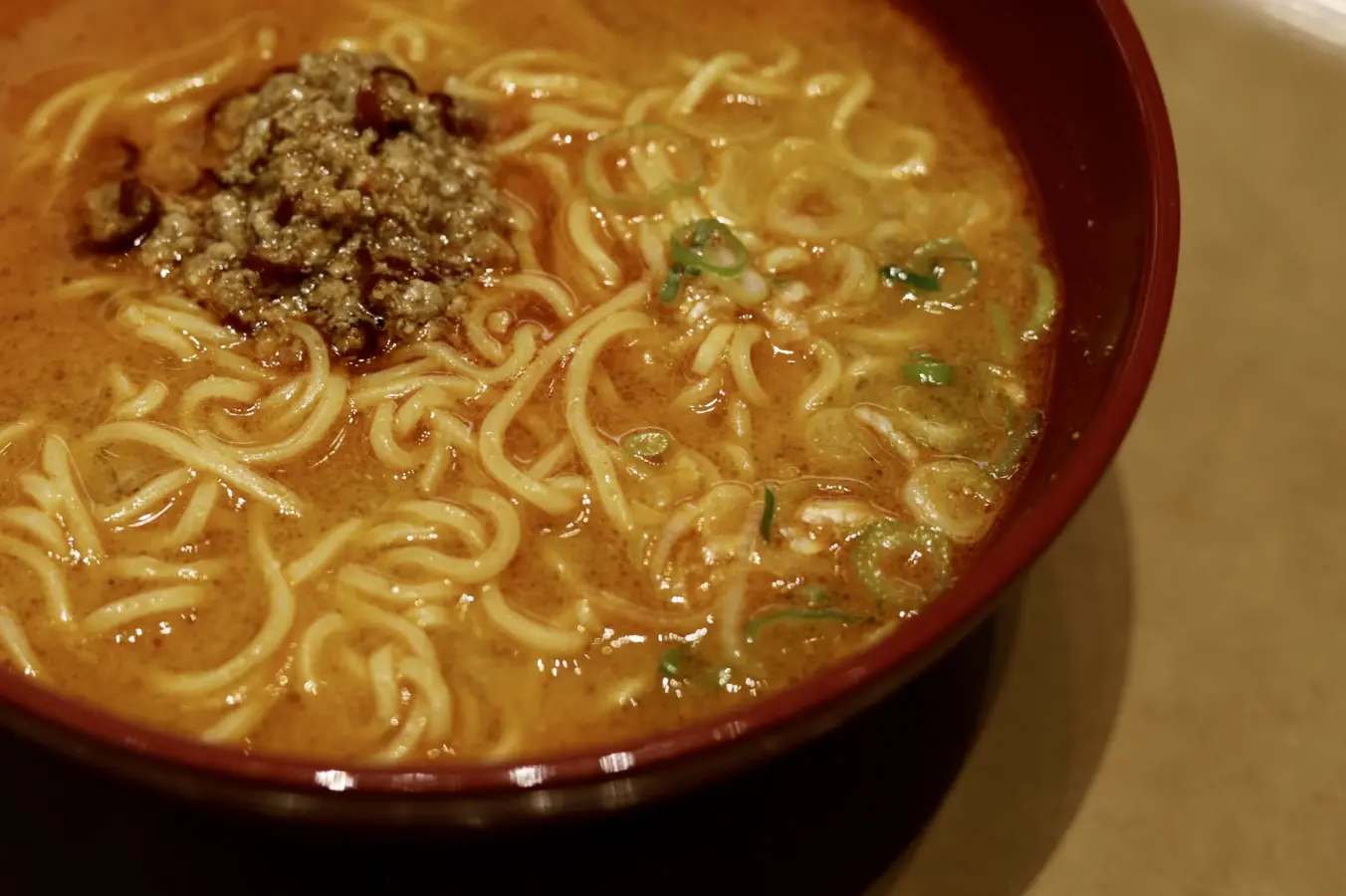
Tantanmen (¥495)
Tokyo University
Nestled in the heart of the Hongo campus, just a five-minute walk from Hongo Sanchome Station, Tokyo University offers more than just academic excellence. Its cafeteria serves up a delightful dining experience, with tantanmen among its offerings. This spicy noodle soup, originally from Sichuan cuisine, has become a beloved staple in Japanese ramen culture. The rich, flavorful broth, perfectly cooked noodles, fresh vegetables and lean meats combine to create a depth of flavor that rivals more expensive establishments.
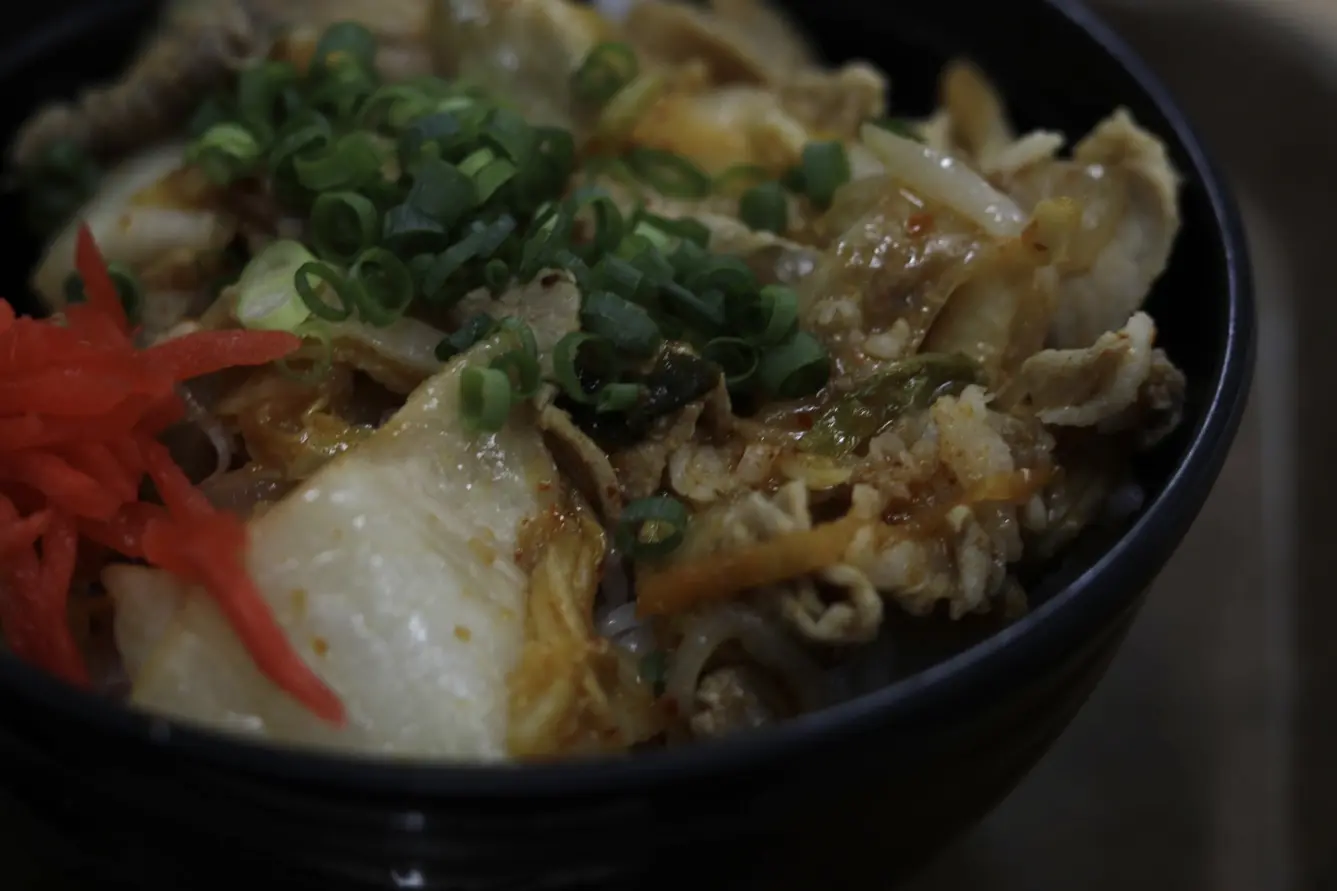
Pork Kimchi Don (¥430)
Aoyama Gakuin University
Aoyama Gakuin University, within walking distance from both Shibuya and Omotesando, offers a delightful omakase donburi, where the chef’s creativity shines. It features succulent, juicy pork, perfectly cooked and paired with crunchy, spicy kimchi that adds a zesty kick. To top it off, a generous heap of thinly sliced scallions and tangy pickled ginger brings a burst of freshness and flavor.
So, next time you’re in Tokyo and craving a delicious, affordable meal, skip the pricey restaurants and head to a university cafeteria. Whether it’s the rich Yamashoku curry at Keio, the refreshing cold udon at Waseda, the flavorful tantanmen at Tokyo University, or the savory pork kimchi don at Aoyama Gakuin, you’re in for a culinary treat. Experience the best cheap eats in Japan and discover why gakushoku is the unsung hero of Japanese cuisine. Bon appétit.

